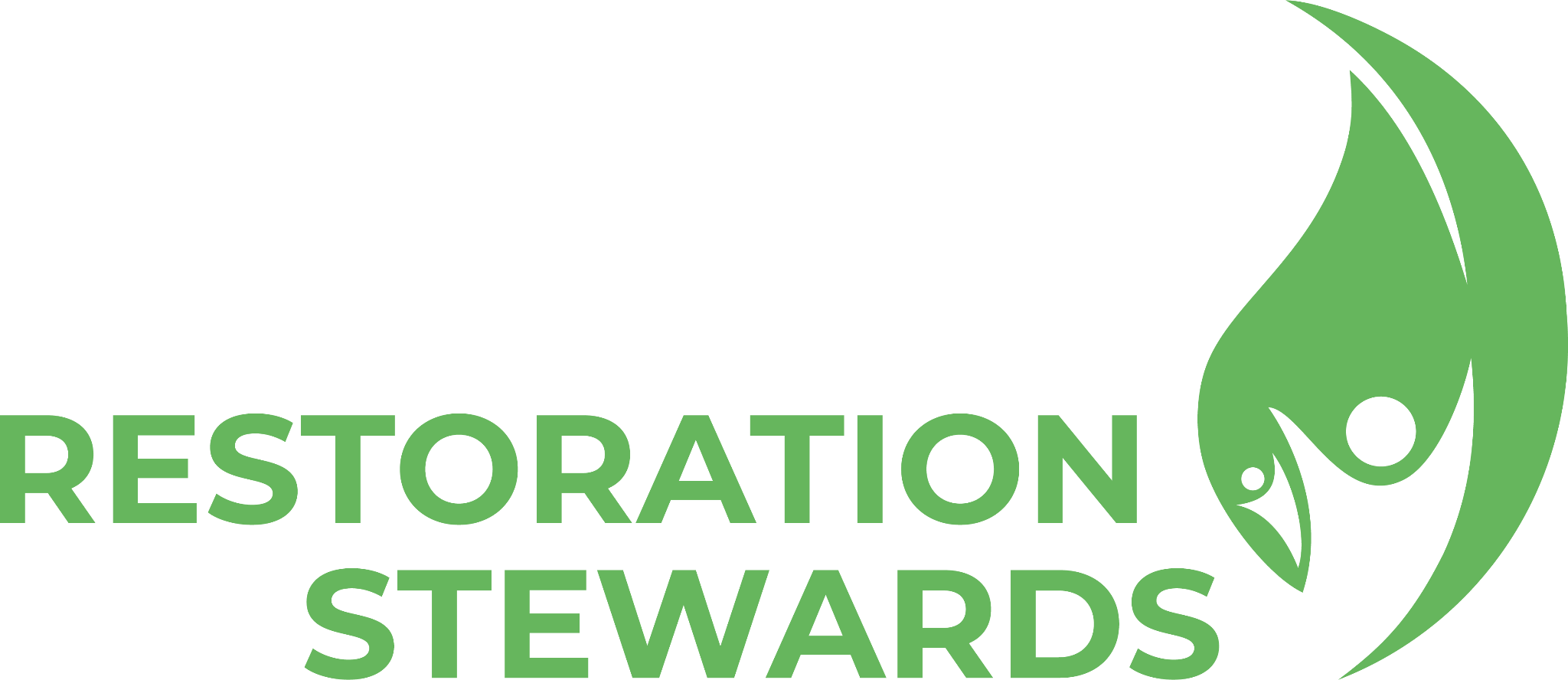Learn and discover ecosystem restoration in Brazil
In this blog post, two Restoration Stewards share their experiences at the IV Brazilian Conference on Ecological Restoration.
Brazil is a vast megadiverse country home to 15–20 percent of the world’s biodiversity. Beyond samba, tapioca, and carnivals, Brazil is a leader in ecosystem restoration knowledge. Brazilian research groups and universities have developed the restoration models and techniques used in Colombia, El Salvador, and other Latin American countries in recent decades.
The Brazilian Conference on Ecological Restoration has occurred every two years since 2017. Its fourth edition was held from 28 November to 2 December 2022 under the theme “Multifunctional Restoration and Climate Change.” We learned a lot during this event, which gathered more than 600 professionals in the field and provided a space for discussion and sharing challenges and innovations in ecological restoration. For example:
- Despite different views on ecological restoration and even if production systems are not directly restoration, these can go hand in hand with sustainability, creating economic opportunities for people while seeking the conservation and protection of ecosystems.
- Empowering communities and providing technical assistance to local stakeholders is paramount for effective results in restoration projects. Ensuring human rights also contributes to ecosystem conservation, protection, and restoration.
- Ecosystem restoration, one of the central themes in the reports of the Intergovernmental Panel on Climate Change (IPCC), is of great importance for carbon sequestration and provides a practical solution to climate change.
We also discovered restoration monitoring tools applicable to our projects in the Colombian mountains and the forests of El Salvador:
- ARATICUM Platform: compiles spatial data on restoration initiatives in the Cerrado biome of Brazil.
- REFLORESTAR Restoration Observatory: gathers field information with satellite data and presents an outlook of reforestation and restoration in all Brazilian biomes.
- The Amazon Restoration Alliance: a multi-institutional and multisectoral initiative that promotes and expands restoration in Amazonian forest landscapes.
- REDARIO: a seed network flux control system.
For us, as 2022 Restoration Stewards for mountain and forest ecosystems, it was stimulating and enriching to attend this conference. In addition to expanding our network in the area of restoration, we learned about different perspectives and innovative ideas that we can apply in our restoration projects.
We also discovered outstanding projects and met researchers in conservation and ecosystem restoration, an inspiration for the Restoration Stewards program we are part of and for young scientists worldwide foraying into restoration.






Masanobu Fukuoka, one of the best restorers of the 20th century, said that “the restoration of the Earth and the human heart is a single, inseparable process.” And this is the message we want to leave to young people starting their ecological restoration projects: to include people and local communities from the beginning to achieve real change for all.
Special thanks to the Youth in Landscapes Initiative (YIL), the Global Landscapes Forum (GLF), and LAVAZZA Foundation for this excellent opportunity to exchange knowledge on restoration.


